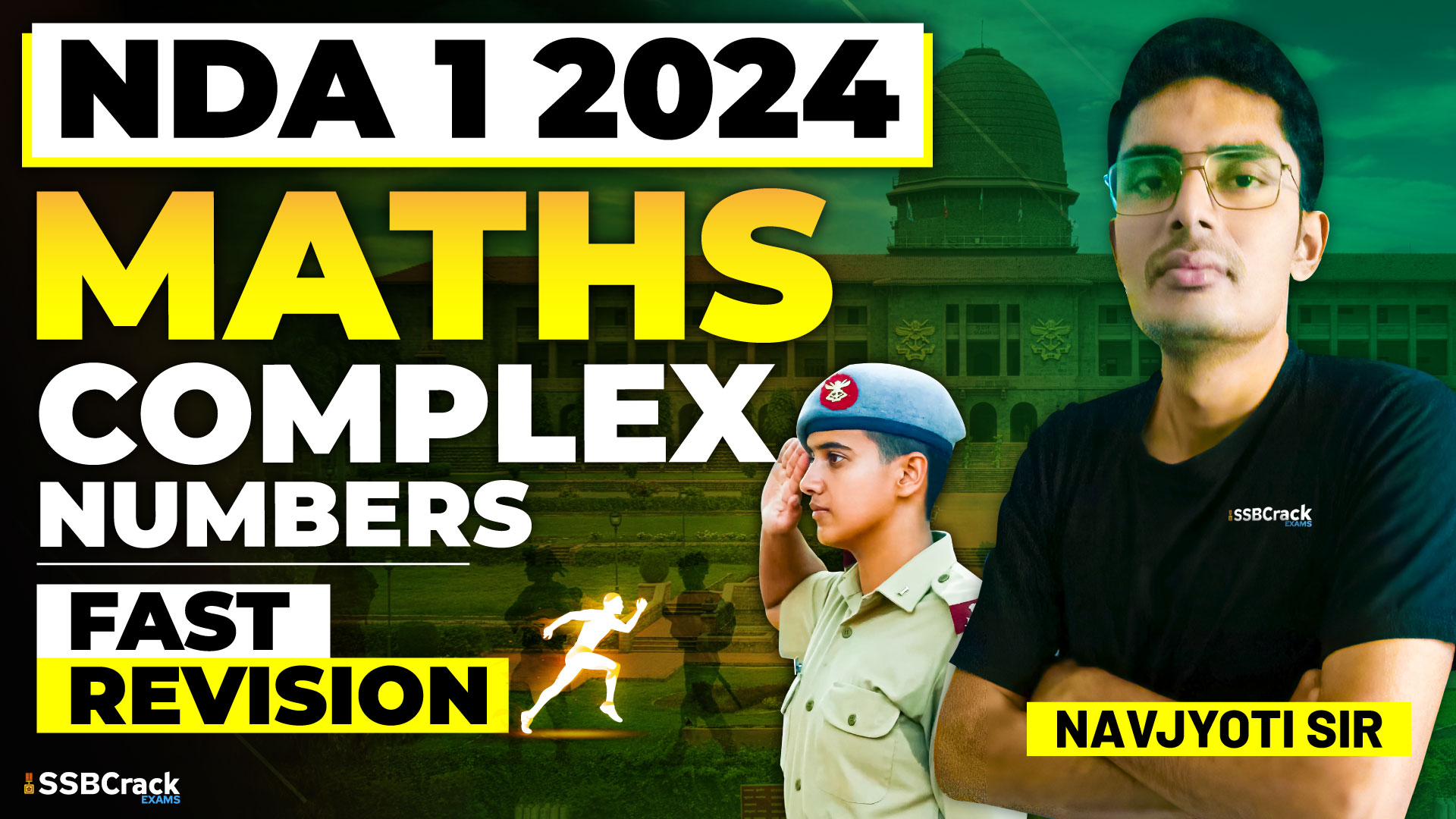Welcome to the NDA 1 2024 Complex Numbers Maths Lecture! Today, we embark on a fascinating journey into the world of complex numbers. Whether you’re a beginner or have some prior knowledge, this lecture will cover everything you need to know about complex numbers and their applications.
i ( iota )
Let’s start with the basics. You’ve probably heard of the imaginary unit, denoted as ‘i’. This special number represents the square root of -1. It might seem strange at first, but ‘i’ opens up a whole new realm of mathematical possibilities.
Integral powers of i
Once we understand ‘i’, we can explore its powers. Just like any other number, ‘i’ can be raised to different exponents. Surprisingly, these powers follow a pattern: i, -1, –i, -1, and so on. Understanding these integral powers is crucial for manipulating complex numbers effectively.
Operations on complex numbers
Now, let’s talk about operations. Just like real numbers, complex numbers can be added, subtracted, multiplied, and divided. These operations follow the same rules you’re familiar with, making complex arithmetic quite manageable.
Modulus
One important concept in complex numbers is the modulus. The modulus of a complex number represents its distance from the origin in the complex plane. It’s like finding the length of a vector. Understanding the modulus helps us grasp the magnitude of complex numbers.
Conjugate and Argument
Next up, we have the conjugate and argument of a complex number. The conjugate of a complex number involves changing the sign of its imaginary part. Meanwhile, the argument represents the angle that the complex number makes with the positive real axis. These concepts are vital for various applications in mathematics and physics.
Demoivre’s Theorem
Now, let’s delve into a powerful tool called Demoivre’s Theorem. This theorem allows us to raise complex numbers to any integer power efficiently. It’s like having a shortcut for complex exponentiation, simplifying calculations significantly.
Cubic Roots of Unity
Lastly, we’ll explore the cubic roots of unity. These are complex numbers that, when raised to the power of 3, result in 1. They play a crucial role in various mathematical contexts, including polynomial equations and trigonometric identities.
Conclusion
And there you have it! In this lecture, we’ve covered the fundamentals of complex numbers, from ‘i‘ to Demoivre’s Theorem and beyond. While it may seem complex at first, with practice and perseverance, you’ll master these concepts in no time. So, keep exploring, keep learning, and unlock the beauty of mathematics!



















